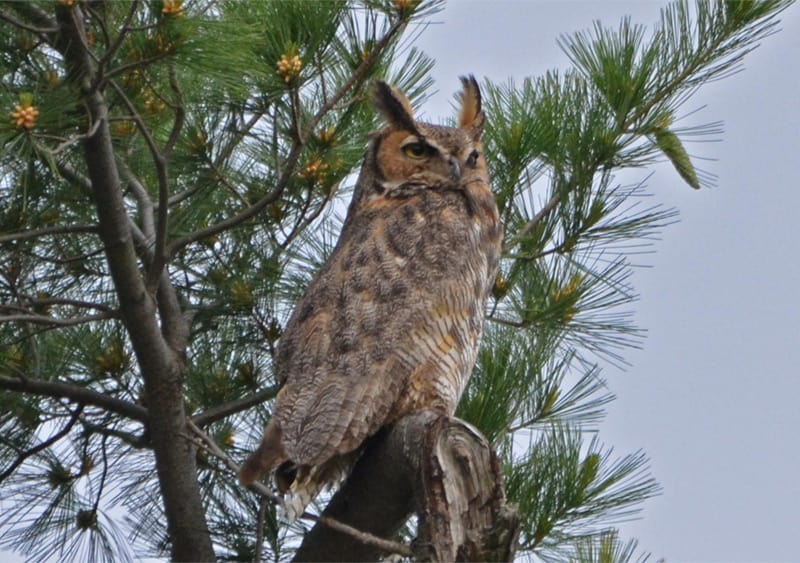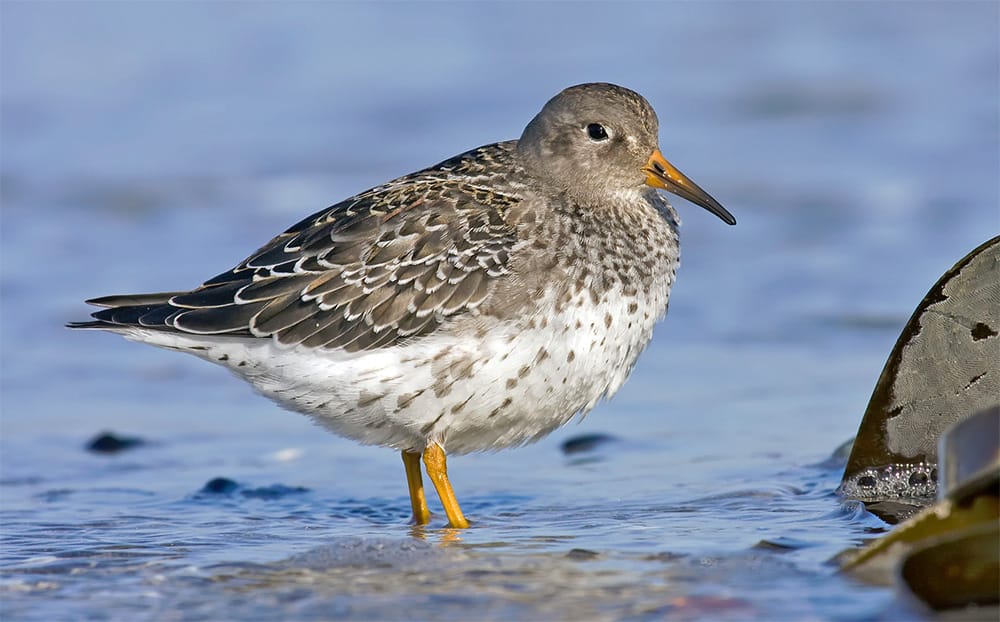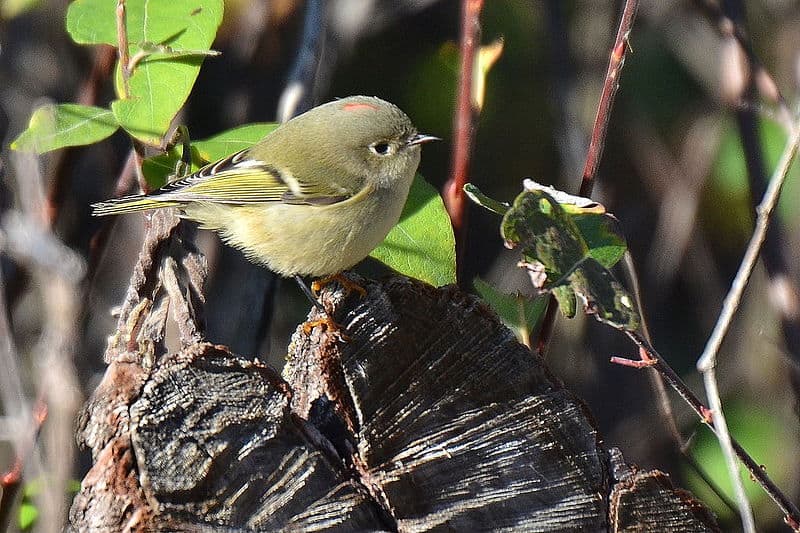Winter Birds of Minnesota (December, January, February)
Winter is a time when a functioning furnace becomes a true friend. A time when the Weather Channel personalities become your closest personal friends. It’s a time when many of the state’s saner residents flee to warmer climes like Texas, Arizona, and Florida. They do this so they are able to annoy those who remain in Minnesota by sending them postcards of tropical scenes, bragging of the temperatures of their winter homes. These people are often referred to as “snowbirds,” because as soon as it looks like snow, they migrate south.
One of the good things about winter is that there are no mosquitoes. Some scientists believe that they go south to Texas, Arizona and Texas with the “snowbirds.”
Winter storms are not given names as hurricanes are, although some people come up with uncomplimentary monikers that show a remarkable imagination.
The winter of 1877-78 was so mild that it was called the “Year Without Winter.” Such a thing hasn’t happened since. Some years have more than one winter, the record being 48 winters in one 12-month period.
As might be expected, Minnesota has hardy winter residents. This applies not only to the people (the frozen people), but also to the birds.
The cold Minnesota days are worth it to see the northern owls (snowy, great gray, northern hawk, boreal), snow buntings, Lapland longspurs, redpolls, woodpeckers, and winter finches.
While all year is a good time to feed the birds, winter is the most popular time to keep the backyard bird feeders filled. I offer a variety of foods including sunflower seed (both black and white-striped) mixed seed, peanut bits, and suet.
Winter is also the time that many Minnesota bird watchers take part in a Christmas Bird Count, an annual event coordinated by the National Audubon Society that offers both scientific and social aspects. These long-running Counts are a great way to become a participant in citizen science at its best. All across the state between mid-December and mid-January, small groups of birders are organized to cover established local count circles. This is a fantastic way to get to know your fellow bird watchers and to experience our state’s fabulous winter birds. It’s even better if you are a beginning birder-there are always veteran bird watchers that are happy to have you along on their count. Charles Lindbergh once said, “It would be good to combine the knowledge of science and the wisdom of wilderness.” Doing citizen science in the form of a Christmas Bird Count may be the closest most of us will come to achieving that.
At the end of most Christmas Bird Counts a “tally rally” is held at a local restaurant or birder’s residence. The day’s species are tallied up over dinner and the day’s adventures are shared. To locate a bird count near you, contact the Minnesota Ornithologists’ Union (see the MOU contact information under “Resources.”).
Minnesota Winter Birding Calendar: December
Snow cover can be expected in December, our second coldest month of the year on average.
The final migrants leave the state. This is a month that northern owls could be present.
Canada geese can be found in large numbers in Rochester. Don’t look for them at the Mayo Clinic. The honkers can be found on Silver Lake.
Christmas Bird Counts begin to take place. This is an extremely enjoyable activity that turns birding into a social event.
Speaking of Christmas, bird books, birding tapes, a subscription to a birding magazine, appropriate clothing and binoculars or scopes make wonderful Christmas gifts. So do bird feeders, birdseed and birdhouses. These are gifts that do keep on giving.
Then when your shopping is done, give yourself the gift of finding the beauty in a bird.
Make a couple of lives better. Take a kid birding.
Minnesota Winter Birding Calendar: January
Although December brings the winter solstice and the longest night of the year, January is the coldest month in Minnesota, but it tries to make up for it by being the snowiest month, on average, in the state.
European folklore said that during parts of this month is when animals are able to speak. Birds speak to us all year round.
Snowy owls, snow buntings, Lapland longspurs, great gray owls, common redpolls and American tree sparrows could be seen. There is a possibility of northern owls such as northern hawk owls and boreal owls, invading the state during this month.
Red osier dogwood (also known as red twig dogwood) and its bright red stems stand out against the snow.
Most years, some Minnesota winter birds begin to make their spring calls now. Some examples are the cardinal (what cheer, what cheer), the black-capped chickadee (fee-bee), the white-breasted nuthatch (ank-ank-ank) and the blue jay (doing its pump handle call).
The European starling begins to get a yellow bill and black plumage.
Minnesota Winter Birding Calendar: February
Snow fleas appear on sunny days. They look like pepper on the snow. Members of the springtail family, the snow fleas are able to jump 8 inches high.
Great horned owls begin to incubate eggs. Listen for the dawn hootings of the great horned owl. Barred owls become responsive to calls. Horned larks are the first migrating birds to return. Open water along rivers and power plants offer habitat for trumpeter swans, mallards and Canada geese. These waters might also show common mergansers, American black ducks and common goldeneyes. This is one of the best times of the year to view owls. February is a good month to look for great gray owls and northern hawk owls. Long-eared owls and northern saw-whet owls can be found in cedar shelterbelts in the western part of the state.
Ground Hog Day gets a lot of attention, but raccoons and skunks begin to be seen. Sometimes the skunk is unseen, but a smell makes his presence known.
The first thaw typically happens in February.
Woodpeckers drum and maple sap runs.




